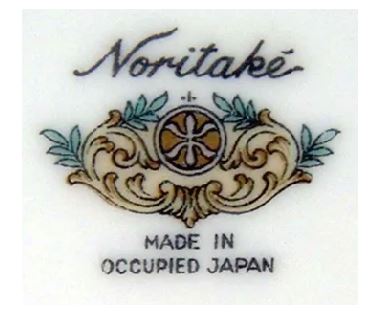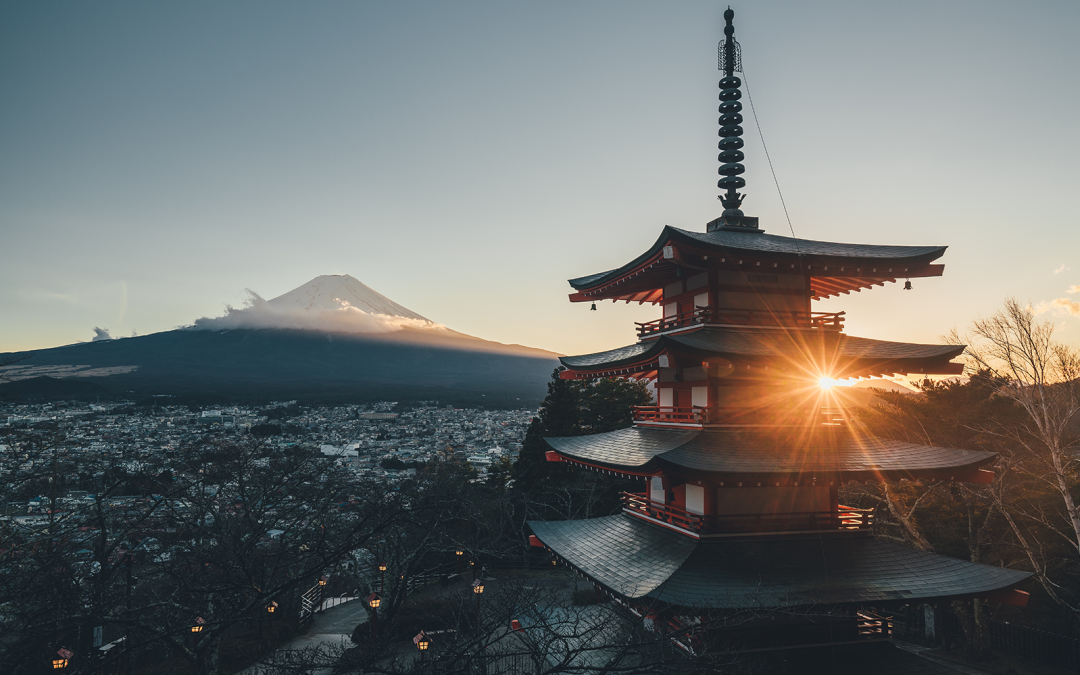Photo by Tianshu Liu on Unsplash
September 2023
Everything Old
Items crafted in Occupied Japan were designed to kick-start postwar economy
by Corbin Crable
Made in Japan
If you’re a collector of ceramics and porcelain, it’s likely that you’ve checked on the bottom of that item you browsed in your local antique store, searching for information on the company or artist that made it. Sometimes, you might have been greeted by a stamp that simply read, “Made in Occupied Japan,” (often abbreviated as ‘OJ’), “Made in Japan,” or “Japan.”
Items bearing that stamp come from a very brief but interesting time in the history of both our country and Japan itself. According to the U.S. State Department, Japan surrendered to Allied forces on Sept. 2, 1945, just a few weeks after the bombings of Hiroshima and Nagasaki. The war left Japan’s economy devastated, and the U.S. led the Allies in occupying and rehabilitating the country. That occupation lasted for nearly seven years, from the fall of 1945 to the spring of 1952. In order to make money during those years, many artists and crafters made small collectibles like porcelain figurines, which then were sold abroad. Just like today’s items made in Japan, these collectibles, which weren’t just limited to ceramics like planters and ashtrays, or porcelain figurines, were cheaply made, and chipped or broke easily.

Reproductions have been made of these items, too, flooding the market since roughly the 1980s.
OJ collectible
Thankfully, both in-person and social media groups of collectors of these items have popped up, too, giving collectors a place to discuss, buy, sell, and trade. If in doubt about the authenticity of an OJ collectible, always take your item(s) to have it evaluated and appraised by a professional. You also can test these items yourself – one way to test a porcelain OJ item, for instance, is to look at the OJ marking, which should have been put on under the porcelain’s glaze. If you rub nail polish remover over the mark and it comes off, you know it’s a reproduction.
The bad news is what you likely have already suspected – these items, due both to their quality and their widespread availability, are largely worthless, the steep decline in worth having taken place over the last 30 years or so. A cursory search of OJ items for sale online proves this, showing many OJ porcelain items and pottery worth only a few dollars. Still, I’m a sucker for the power of nostalgia, which has led me to hang on to items that likely have low monetary worth but are strong in sentimental value. If you’re reading this publication, I have to assume you understand how this feels.
If you’re a collector of OJ items or would merely like to know more about them than I can provide in this space, a welcome resource is the Facebook group “Occupied Japan Buy Sell Trade,” where you can socialize with like-minded folks. If you’re not on social media and would instead prefer a book recommendation, your most up-to-date resource would be “Occupied Japan for the Home” by Florence Archambault. This slim tome, packed with color photos and a price guide, is available through Schiffer Publishing’s website at www.schifferbooks.com
Happy collecting!


